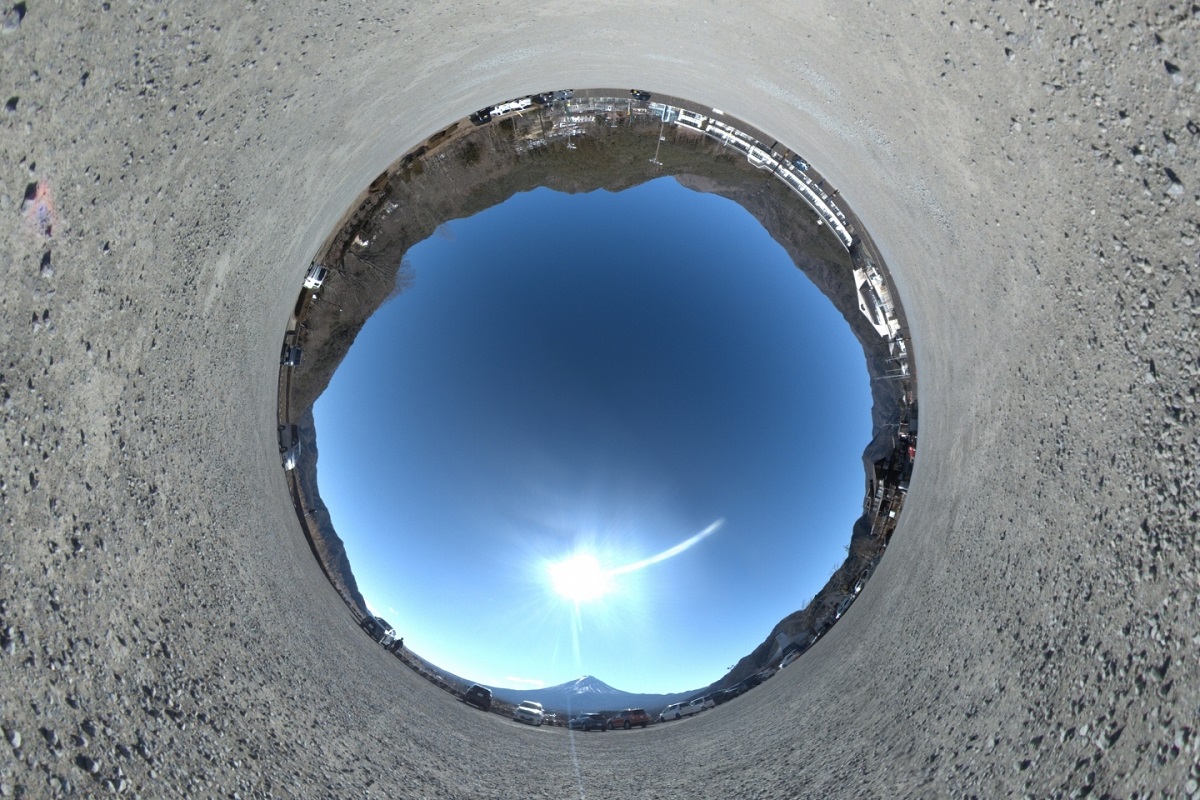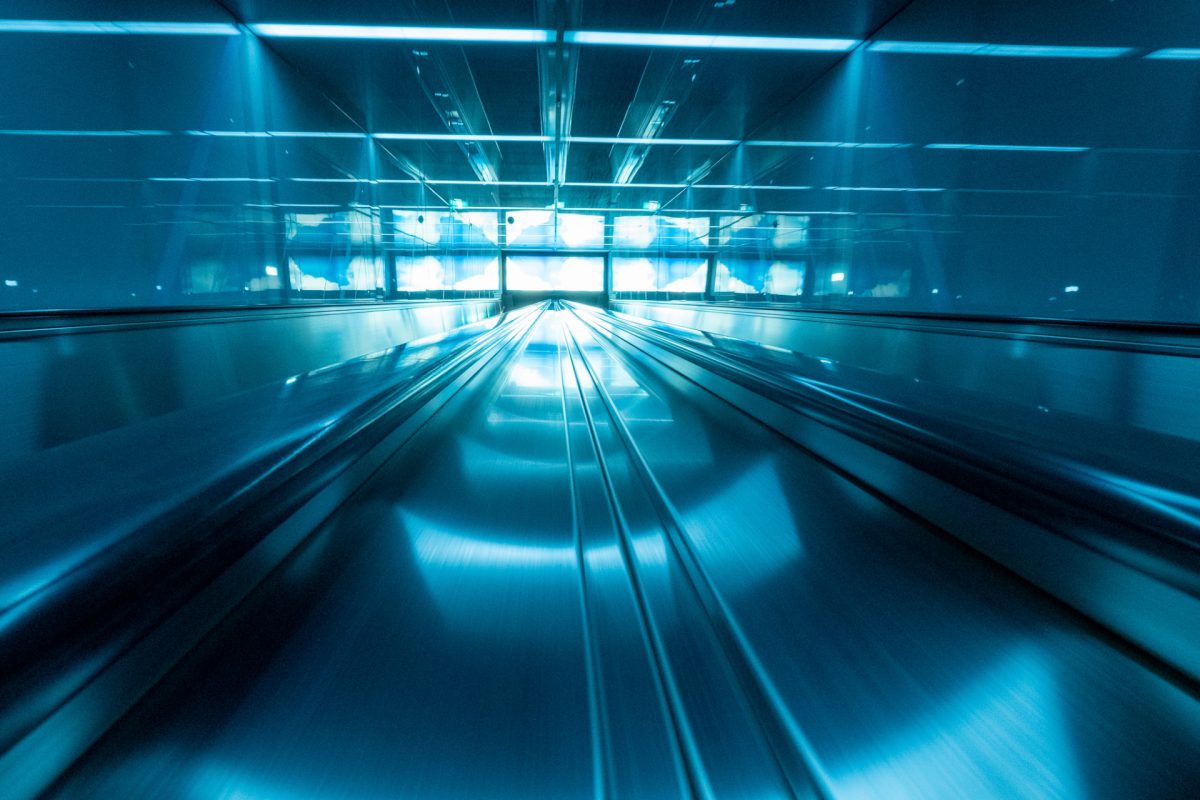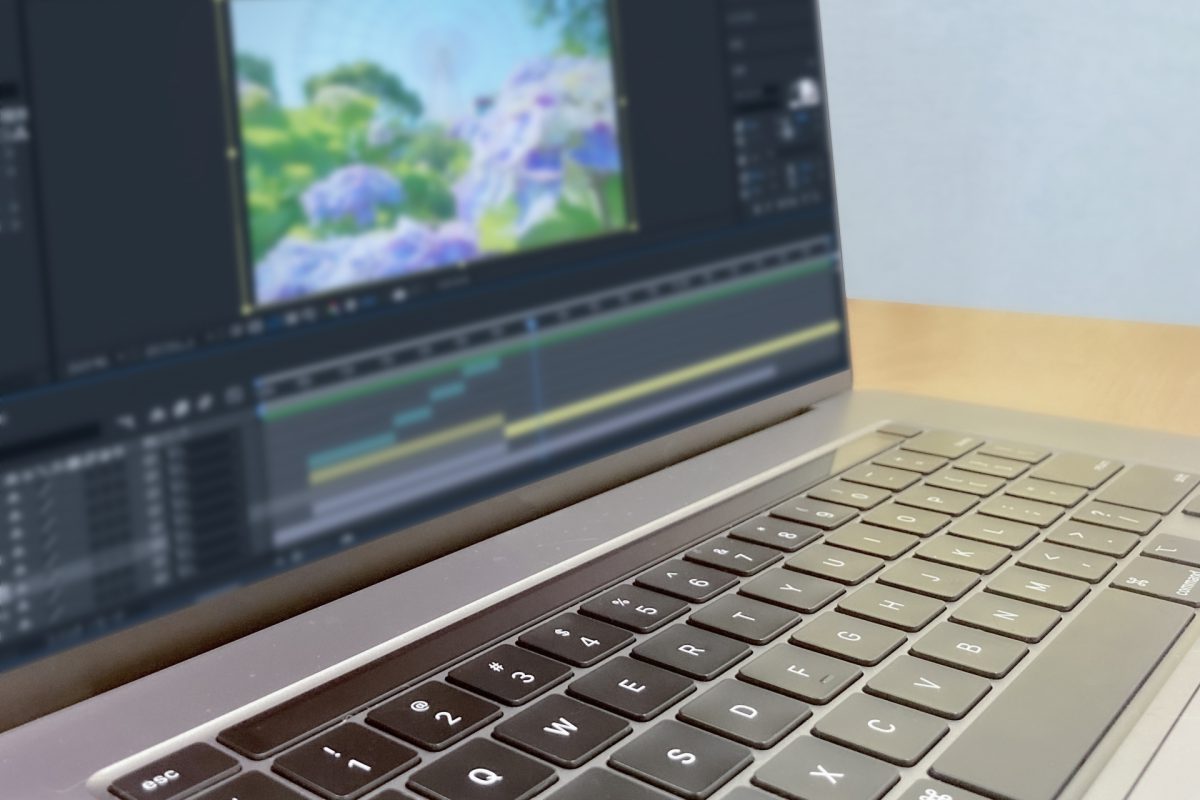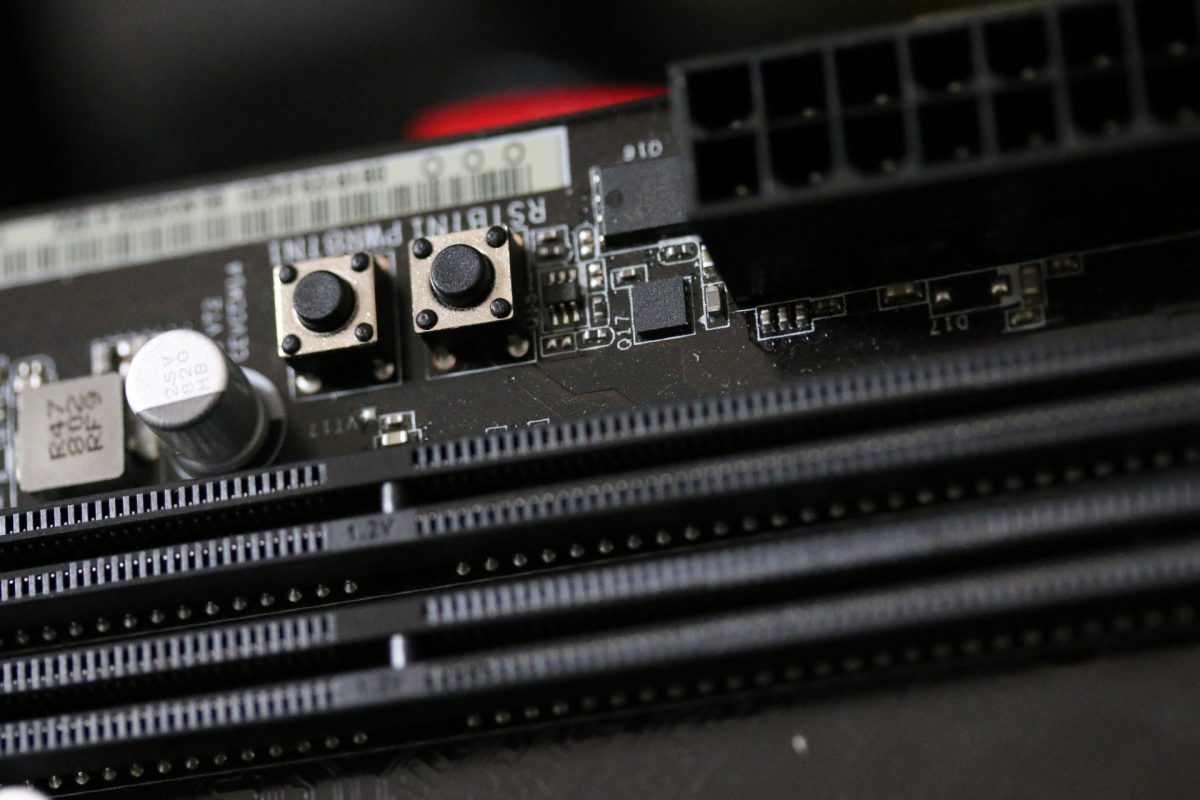We have talked many times about what cloud-based render farms are and how they can help you maximize productivity and minimize your project’s render time. While there are many options for cloud render farms, many of them are limited by software compatibility. And because the playing field is ever-changing, We are updating last year’s list …










